Our team of experts can assist to comply with the Fire Performance of your product by Testing and Certification.
What is Fire Compliance?
Fire compliance is important for a number of reasons. Materials and products should be tested to determine their ability to resist and withstand fire. Certification confirms that these materials are fabricated in a consistent manner under a quality assurance system.
Fire compliance can be demonstrated by Certification and Testing. Tests can comprise resistance to fire, reaction to fire, and propagation of fire.
To close the loop, an additional process can be added. An Independent Inspection body should inspect materials and systems fire-stopping systems i.e. barriers, seals etc installed at site match the ones which were certified and tested, are installed correctly, and compliant with regulations.
Find out more about each of our fire compliance services below.

Our Services
At TBW, we can assist you to test your product and determine their fire performance and we can also help you list and certify your product to demonstrate compliance.
You can test independently with us or as part of a certification process. We are a Subcontractor Laboratory for both UL and Intertek, and provide testing in support of certification for Exova Warringtonfire, BM Trada, IFC, BRE/LPCB and others.
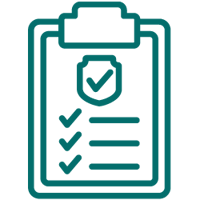
Certification
To ensure that all products and materials used meet required fire safety standards, fire testing, and certification must be carried out.
Our certification process confirms that materials/products have undergone rigorous testing and evaluation to establish that they are fit for purpose and meet fire safety requirements.
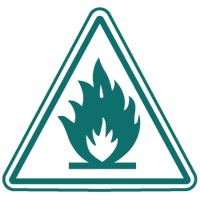
Fire Testing
At TBW, we have reliably tested more than 6,000 products and assemblies. Our experienced and reliable team has extensive knowledge in adhering to international standards and regulations.
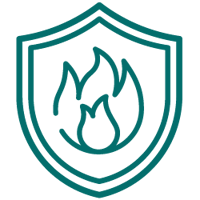
Fire Testing – Resistance
At TBW, we carry out fire resistance testing to ensure that materials or products used are able to resist the spread of fire whilst maintaining integrity.
Fire compliance testing can establish whether a material or product is capable of preventing the rapid spread of fire.
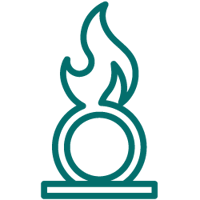
Fire Testing – Reaction
We carry out fire compliance testing on materials and products to establish their reaction when exposed to fire. During our testing process, we consider the release of heat, smoke, and toxic gasses
By carrying out these tests, we are able to understand how certain materials will react to fire and can help to distinguish what products or materials should be used in construction etc.
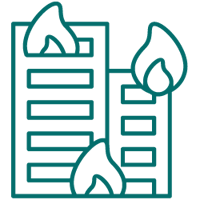
Fire Testing – Propagation
Our fire compliance services include fire testing propagation. This examines the ability of a fire to spread through a building or structure.
The test involves examining fire spread on an array of surfaces and assessing their potential for rapid spread of fire. As well as ensuring all materials used are fire compliant, it can also help in initial building design.
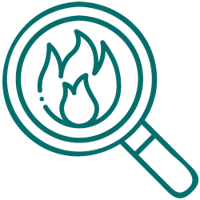
Fire Stop Inspections
At TBW, we conduct fire-stop compliance inspections to ensure that fire-stopping systems i.e. barriers, seals etc are installed correctly, maintained, and compliant with regulations.
Fire stop systems are vital in preventing the spread of fire through walls, floors, and ceilings.
Why Choose TBW For Your Fire Compliance Services?
Thomas Bell-Wright is a one stop shop for Certification and Testing. Our qualified team will explain the compliance path required for your product based on your jurisdiction.
